Fresh characters, dynamic strategies help domestic companies' drive into overseas markets
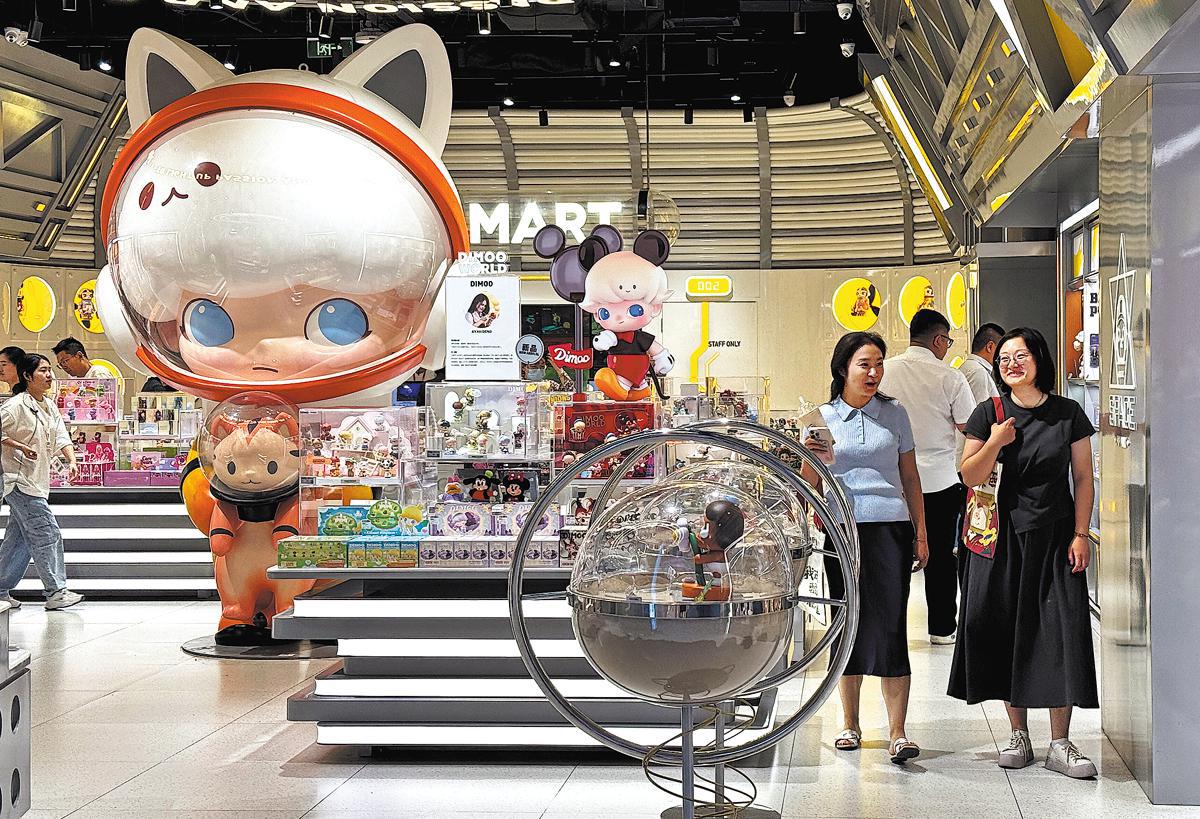
Collectible toys have transformed from a niche hobby to a dynamic multibillion-dollar sector, with Chinese companies making rapid inroads into an industry traditionally dominated by Japanese and United States companies.
The domestic art toy sector has experienced a compound annual growth rate of 33 percent in recent years, according to the Annual Report on China's Pop Toy and Animation&Comic Industries 2024, released by the Chinese Academy of Social Sciences and the China Animation Association.
The market is expected to continue expanding rapidly, the report said, with projected annual growth rate exceeding 20 percent. By 2026, its production value is forecast to reach 110.1 billion yuan ($15.3 billion).
Since its founding in 2010, Beijing-based company Pop Mart has discovered and developed original products, such as the phenomenally popular Labubu, along with Molly, Skullpanda, Crybaby, Dimoo and Hirono, turning them into household names among Gen Z and millennial consumers.
By the end of 2024, Pop Mart had over 500 brick-and-mortar stores and 2,300 Robo Shops across more than 30 countries and regions. Overseas expansion, which began in 2018, has become a key growth engine. Through cross-border e-commerce its global reach now extends to over 90 markets.
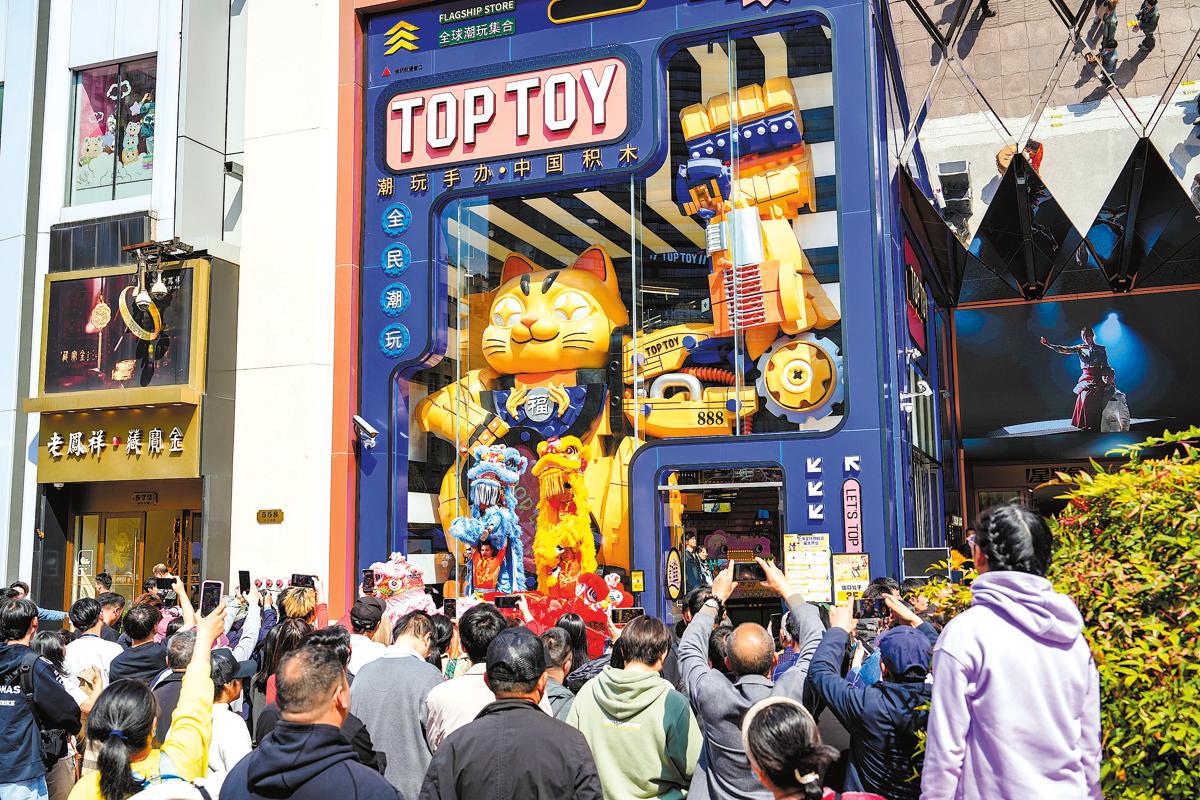
Quite a character
Top Toy is another Chinese company having a major impact with its original intellectual property (IP) lineup of characters that includes Great Power Fortune, Gyun Gyun, and Nommi. More original IP characters are in development and are expected to debut later this year.
Launched in December 2020, Top Toy quickly expanded to over 280 physical stores across China.
In 2024, the company achieved a total revenue of 980 million yuan, representing year-on-year growth of 45 percent. Its early business model focused on making collectible toys more accessible by lowering price barriers and offering a wider range of IPs and product categories.
"We wanted to redefine what collectible toys could be — not just limited-edition collectibles, but design-forward, emotional objects that people interact with every day," said Kong Xiao, the brand's marketing director.
In 2022 and 2023, Top Toy pivoted to Chinese-made building toys, noting both rising consumer interest in domestic design and the affordability gap between international giants and local alternatives.
"There's a growing demand among consumers for high-quality but more reasonably priced building toys. We saw that as an opportunity to not just resell, but co-develop and create," said Kong.
In 2024, the brand began to cautiously explore international expansion. A "three stores in three years "model has shaped their rollout in markets such as Indonesia and Thailand, with stores in Japan and Malaysia currently under development.
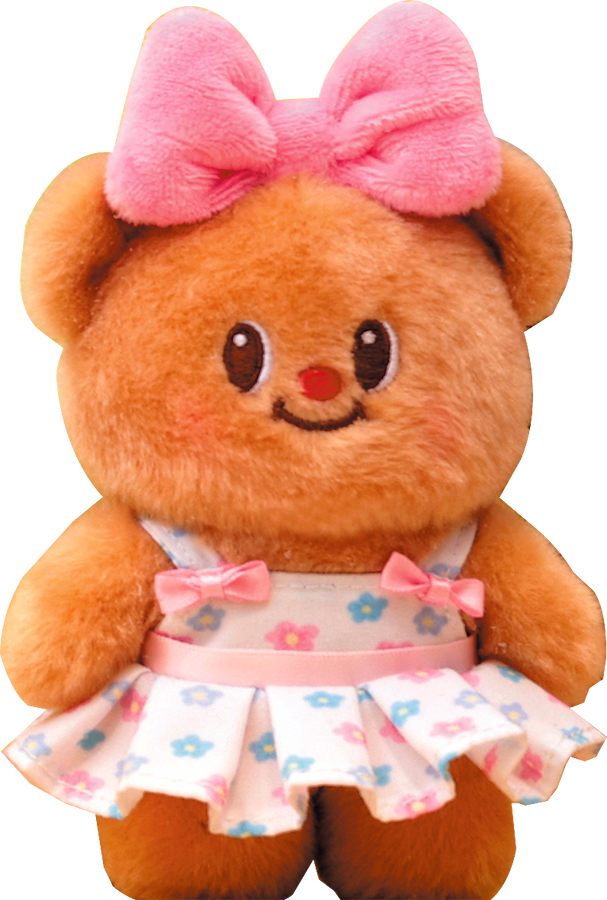
The company already distributes products in 30 to 40 countries. Top Toy believes opening physical stores helps establish stronger consumer connections in regions where pop culture from Japan, South Korea and the US already has strong fanbases, Kong said.
Meanwhile, Pop Mart reported 7.97 billion yuan in revenue in 2024, up 52.3 percent year-on-year.
Most of its rapid success has been built on the appeal of Labubu — a tiny plush toy creature with wild hair, a mischievous smile, and oversized eyes.
Created by Hong Kong-born artist Kasing Lung, Labubu belongs to The Monsters series. From viral unboxing videos to long queues at midnight launches, the character's quirky charm has captured the imagination of fans in China, Japan, and Southeast Asia, turning each new release into a cultural event.
Numerous scalpers have traveled to Japan to bulk buy stock of the doll. On some secondhand trading platforms, Labubu blind boxes originally retailing for around 100 yuan, are being resold at prices ranging from 229 yuan to as high as 3,999 yuan.
In a research note issued on June 10, Morgan Stanley raised its price target for Pop Mart to HK$302($38.47), up from HK$224, citing continued optimism about the company's growth trajectory.
Morgan Stanley's analysts pointed to Pop Mart's ability to consistently deliver attractive new products as a key driver of sustained momentum. They also see the company emerging as a preferred partner for global IP owners looking to monetize and expand their brands through designer toys.
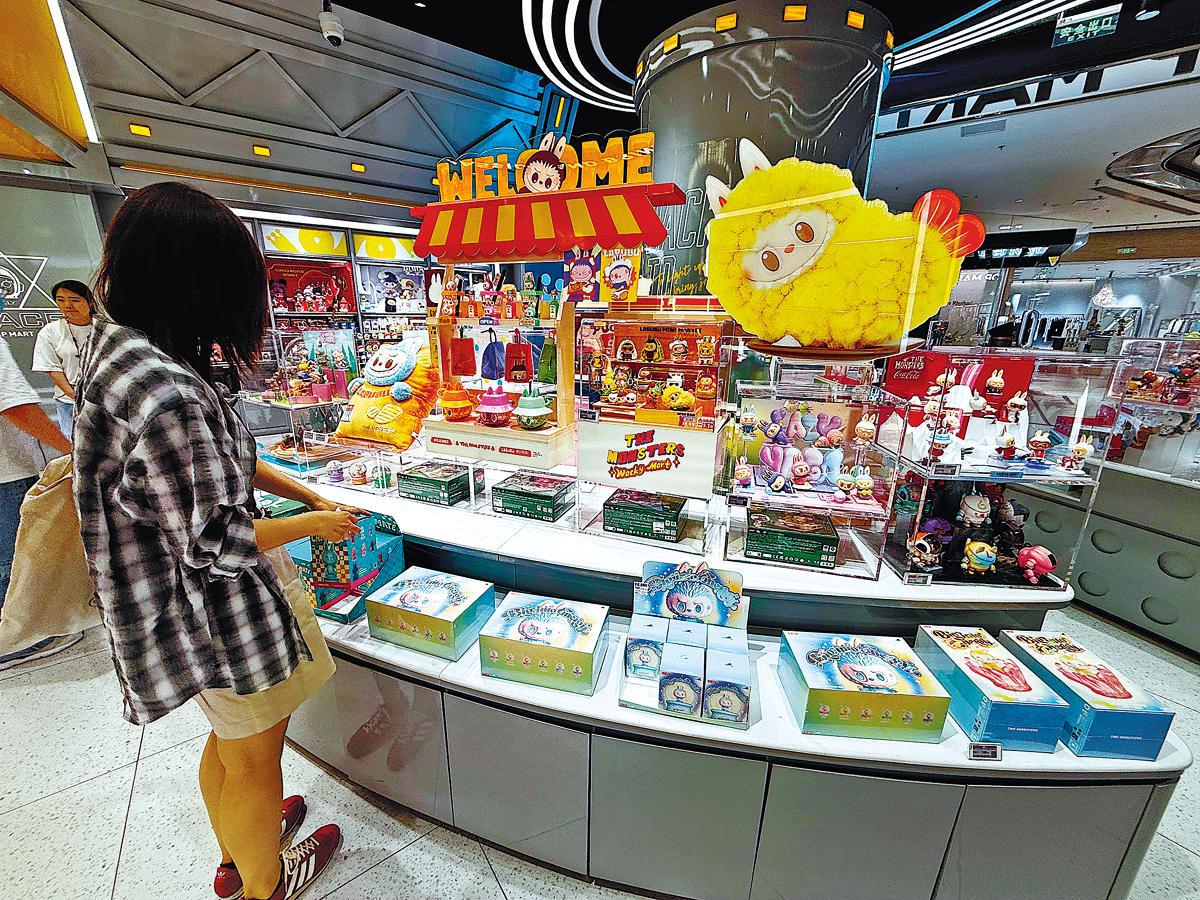
Making connections
As the market rapidly expands, Top Toy is trying to decode why consumers have such a strong connection to collectible toys. "People want to connect with a toy, whether it reminds them of their childhood, brings joy through its design, or reflects a meme they love — that connection is what drives purchases," said Kong.
She believes this shift is also leading to a more mature, segmented consumer base. "We've noticed more collectors becoming selective, moving beyond impulsive blind box buying to thoughtful curation," she said.
For Wang Wei, a 35-year-old real estate strategist based in Hefei, Anhui province, collecting toys started as a curiosity and quickly became a serious passion.
What began with a casual purchase of a Mickey Mouse blind box in 2022 has grown into a collection of over 1,000 figures — from Pop Mart's iconic Skullpanda and Labubu to designs from other popular brands like Finding Unicorn and Black Toys.
READ MORE: Anime economy diversified momentum
"Back then, it was just about the surprise. You buy a box not knowing what's inside, and that moment of revelation is a thrill," said Wang.
But over time, collecting turned into something deeper for Wang. Today, he seeks out toys that evoke an emotion or feature a standout design.
"Skullpanda's dark aesthetic really stood out in a market full of cute characters. And Labubu — there's something about its slightly mischievous look that feels real," he said.
Wang, however, is critical of the marketing ploy of making products appear scarce or rare.
"Hidden editions, limited runs, inflated secondhand prices — they are all part of a practice that makes collecting feel more like gambling. You've got people lining up, checking weights and sounds, trying to outsmart the system. And then there are the scalpers. It's exhausting," said Wang.
He warned if you're not prepared for such ruses, you can easily get caught out. Wang said he does his homework in advance by checking the weight, texture, and even the sound of a product before making a purchase.
Despite this, Wang continues to support the characters he loves.
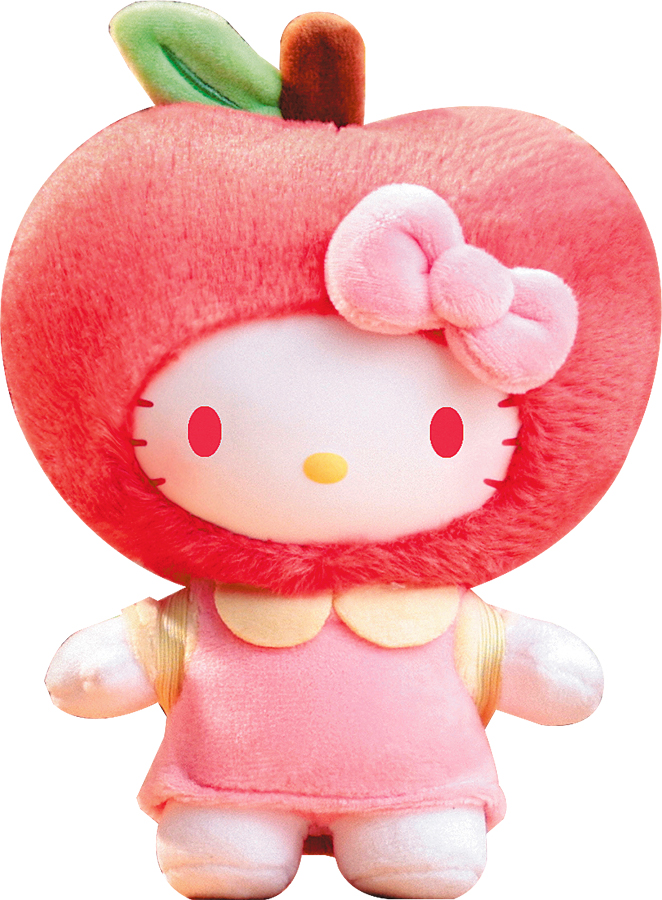
Telling own stories
Domestic production of IP collectibles is also witnessing strong growth.
"We've seen progress, but many local IPs lack deep content ecosystems. To build a long-term following, there needs to be more storytelling, more consistency — (similar to) what international brands have developed over decades," said Kong.
Top Toy's own strategy includes both self-developed IPs and collaborations with well-known franchises.
Currently, self-developed products make up about half of the company's offerings, with plans to raise that to 70 percent in the coming years. At the same time, the company continues to invest in offline experiences. While e-commerce grows, Kong sees physical stores as vital: "It's about immersion. Walking into a well-designed toy store is different from scrolling on your phone — it's sensory, emotional, and social."
Looking ahead, Kong sees value in building not just products, but communities. Through in-store events, social campaigns, and user-generated feedback channels, the company is trying to create what he calls "a participatory ecosystem".
"We want to move from a brand-to-consumer to co-creation model. That's where the next wave of collectible toy culture will come from," said Kong.
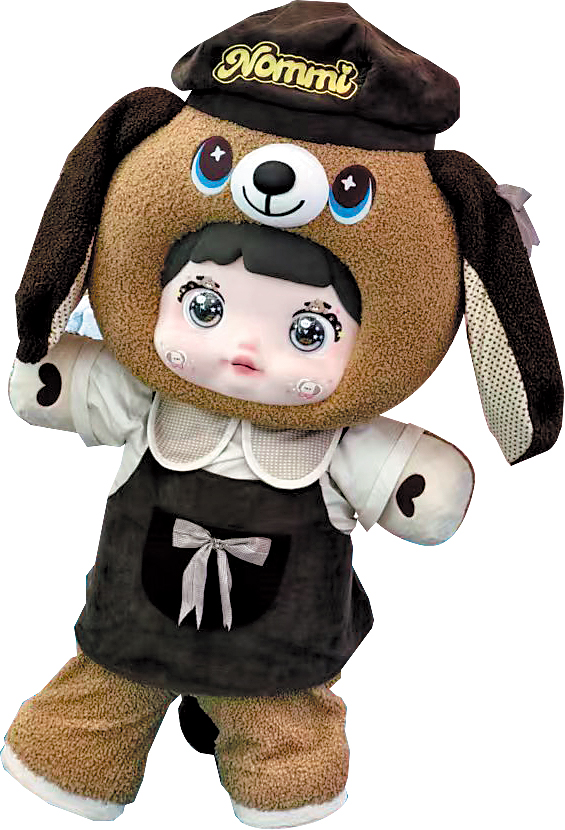
Lesser-known but emotionally plush toys are beginning to draw attention. Among them is Nommi, a dreamlike figure created by Dongguan Haichuang Cultural Creative Co in cooperation with Top Toy.
With her soft pastel tones, large movable eyes, and plush figure, at first glance Nommi might look like just another cute collectible. But for her creators she represents a response to the emotional needs of a generation.
"Nommi isn't about trends — she's about truth. From the beginning, we wanted to give people a character they could emotionally lean on," said Wen Xiaowen, product operations manager at Haichuang.
Nommi's development took months of careful refinement, especially in her expressive face and signature rotating eyes.
"The eye mechanism alone increased our production costs by over 30 percent. But that movement, that subtle life — it's her soul, which we had to keep," said Wen.
Her team prioritized what Wen calls "emotional craftsmanship".Every curve, color, and texture was chosen to evoke a sense of familiarity and softness.
"We will continue to blend healing aesthetics with emotional value, merging Eastern culture and global trends to create iconic collectible toys and explore new paths for China's collectible toys to reach the world," said Wen.
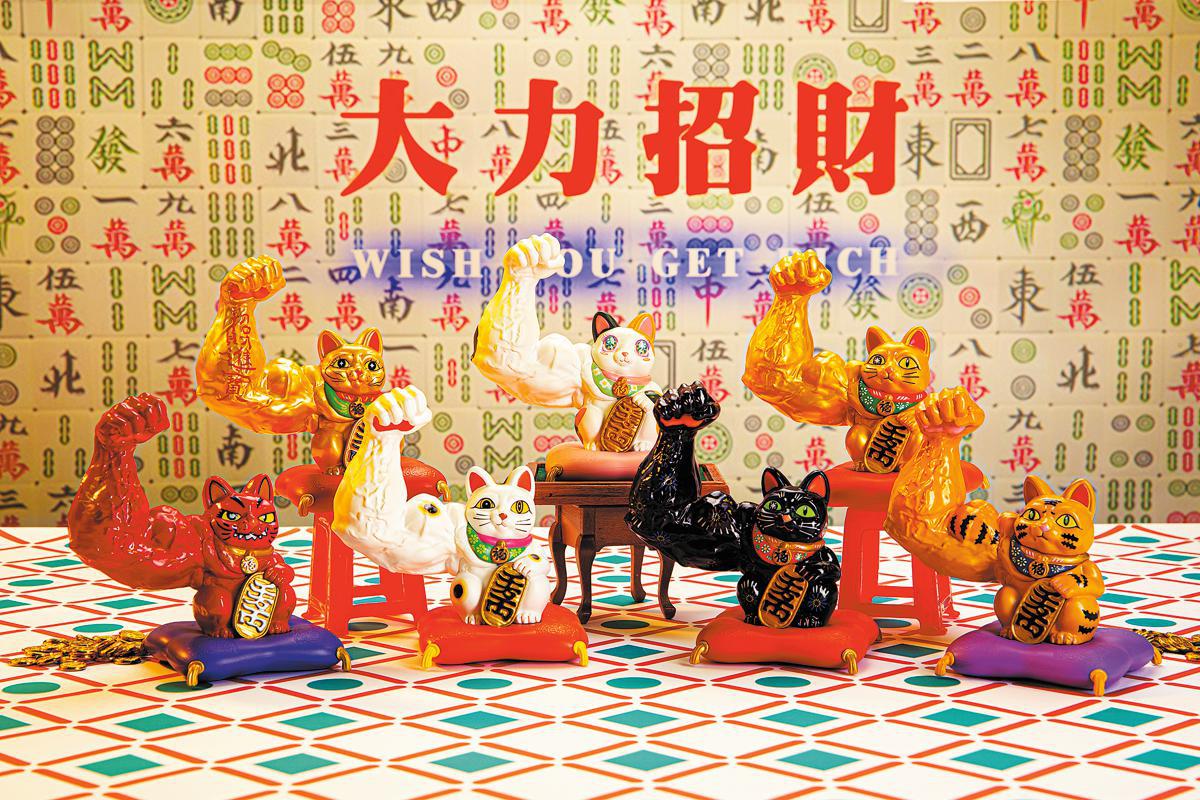
Hello, dollies
China's collectible toy consumers are primarily aged 18 to 35, with Generation Z forming the core of the market, according to the Research Report on Pop Toy Industries 2023, jointly released by Xinhua News Agency and the National Academy of Economic Strategy at the Chinese Academy of Social Sciences.
Notably, over 60 percent of consumers are women who tend to focus more on the emotions and personalities conveyed by the collectibles. Consumption growth in second- and third-tier cities, now outpaces that in first-tier cities, revealing a trend of market expansion into broader demographics.
According to the 2024 Trend Toy and Figurine Economy Consumer Insight Report, collectible toys have evolved from simple stylized objects into cultural mediums for aesthetic connection and emotional expression.
Emotional value now drives consumer behavior, with 72 percent buying the products to relieve stress and find comfort. Sixty-one percent are drawn to the resonance of the storyline or characters, and 45 percent said the act of collecting brings a sense of accomplishment.
This emotional dimension of collecting has led many consumers to develop deeper relationships with their favorite figures.
Chun Feng, a curator in her late 30s from Beijing, has been a devoted fan of Pop Mart since she first went to one of their stores near Zhongguancun's Oumeihui shopping area about 13 years ago.
"Back then, there were quite a few large blind box stores in Beijing, but I think I was one of the early fans of the Molly and Labubu series," said Chun.
ALSO READ: Chinese toy becomes a global rage
While she appreciates the popular Labubu and Zimomo lines, Chun admits she has a special affection for Tycoco — a shy, skull figure whose appearance and personality she finds charming.
Over the years, Chun has amassed thousands of blind boxes and collectibles. Nowadays her purchases are more selective due to space constraints.
"When I was a student and just starting work, I bought everything. Now, I only go for the collections I truly love," said Chun.
Her passion has influenced some of her friends who also began exploring collectible toys.
Chun has also embraced the social side of Pop Mart culture, attending offline exhibitions and events such as the Pop Mart City Playground (Pop Land) in Beijing.
Looking ahead, Chun is excited to continue growing her collection, especially the Labubu series. She hopes Pop Mart maintains its design integrity without compromising on quality or blindly pursuing collaborations.
"Though it's become a consumer product, for me it still holds the original charm — the seriousness and excellence in each series," said Chun.


